Содержание
- 2. Points to be discussed: Lexicology as a branch of linguistics. Morphological structure of the English word.
- 3. Vocabulary – the system formed by the sum total of all the words that the language
- 4. Branches of Lexicology
- 5. Branches of Lexicology
- 6. The place of Lexicology within Linguistics
- 7. Practical value of Lexicology provides the correct use of synonyms gives basic knowledge of word-building patterns
- 8. The size-of-unit problem The fox hid in the fox-hole. (Common Case - Singular) Grammatical whole-formedness
- 9. The identity-of-unit problem Variants of the word: phonetic automatic: a book – an apple accentual: ‘territory
- 10. Classification of morphemes
- 11. The two aspects of lexical morphology
- 12. Structural types of words Simple (root) Derived stems (derivatives) Compound stems Compound derivatives
- 13. ‘One-way’ and ‘two-way’ segmentability of the word beautiful beauty careful beauteous wonderful to beautify hopeful beautician,
- 14. Lexical-morphological categories The lexical-morphological categories are those categories of the most general character which are realized
- 15. Lexical-morphological categories lexical morphological category of quality: black – blackness, dark – darkness, quiet – quietness,
- 16. (to) drive + er = driver (n) Structural pattern: Verb stem + ”er”suffix(noun forming)= noun Semantic
- 17. Word-building patterns
- 18. Affixation – forming a word by combining a stem and derivational affixes
- 19. Conversion- a special type of derivation in which the word-forming means is the paradigm of the
- 20. Composition – forming a word by combining two or more stems Structural classification of compounds Neutral:
- 21. Semantic classification of compounds
- 22. Criteria for differentiating a compound from a word-combination Semantic: a compound denotes one notion Phonetic: a
- 23. Shortening - the process of substituting a part for a whole Clipping – cutting off of
- 25. Скачать презентацию



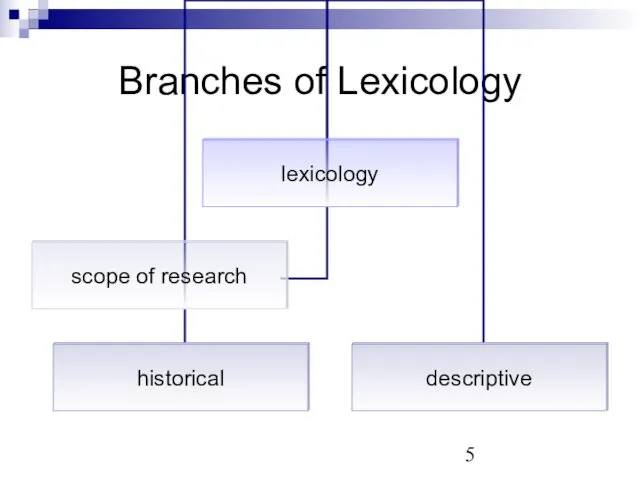
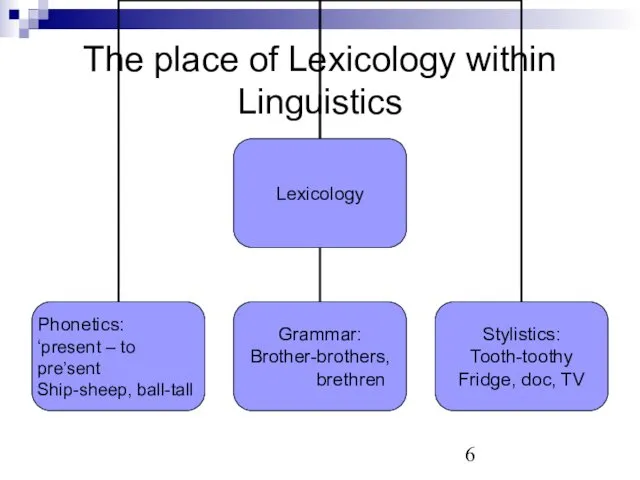
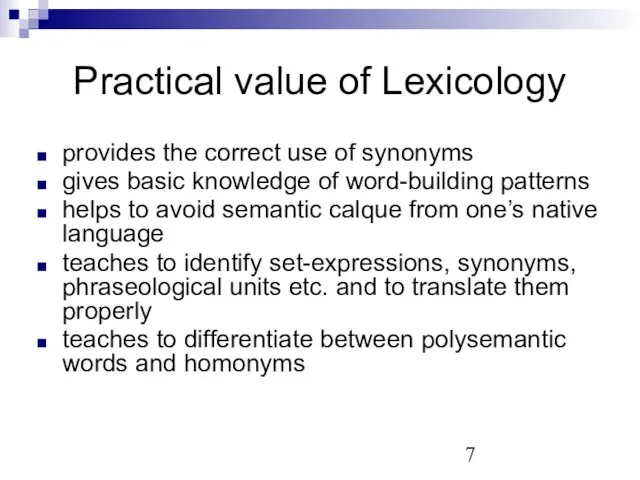
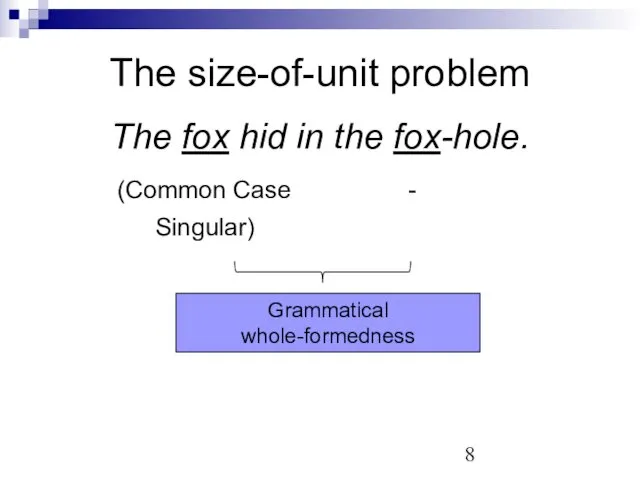
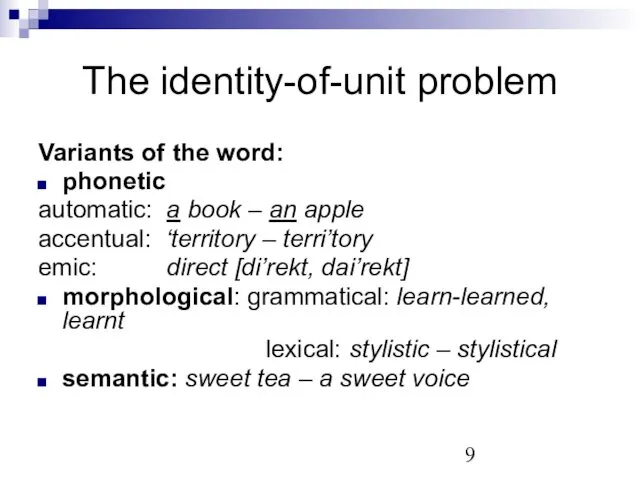
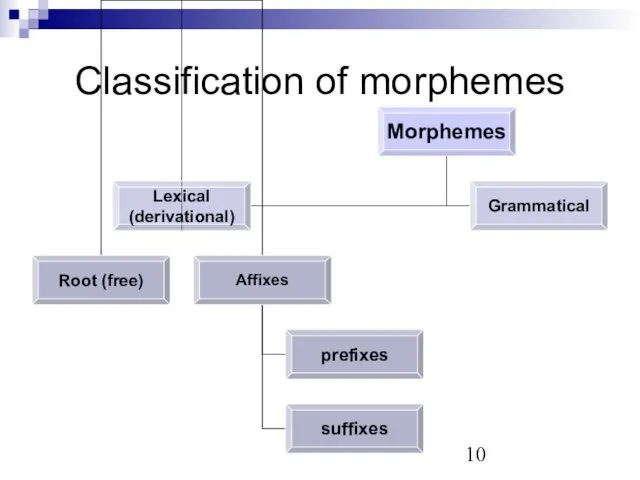
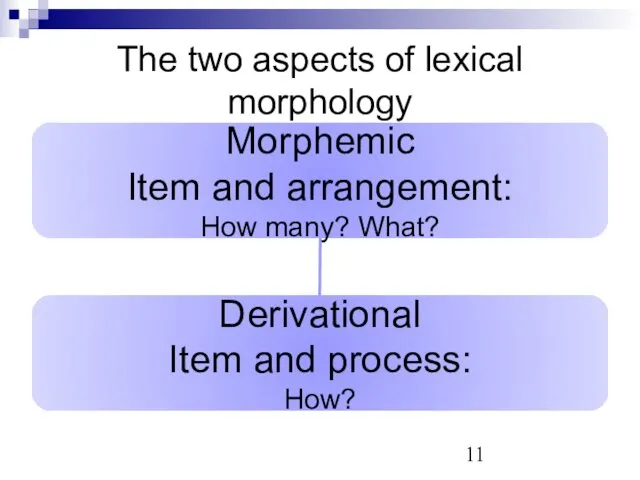
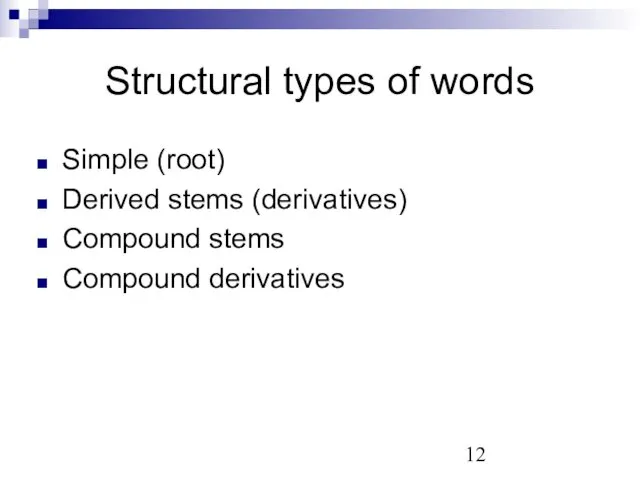
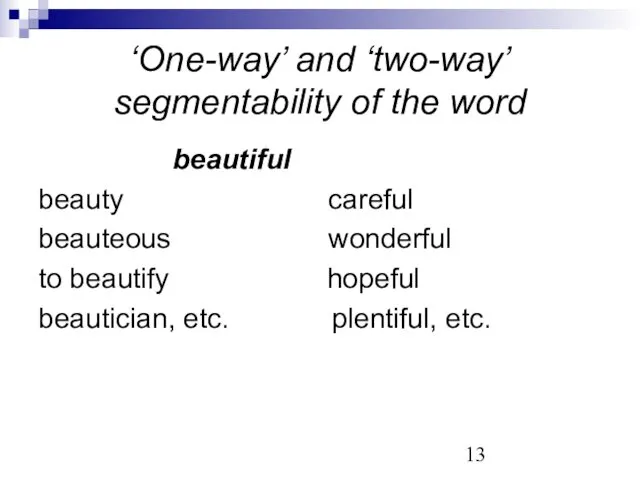
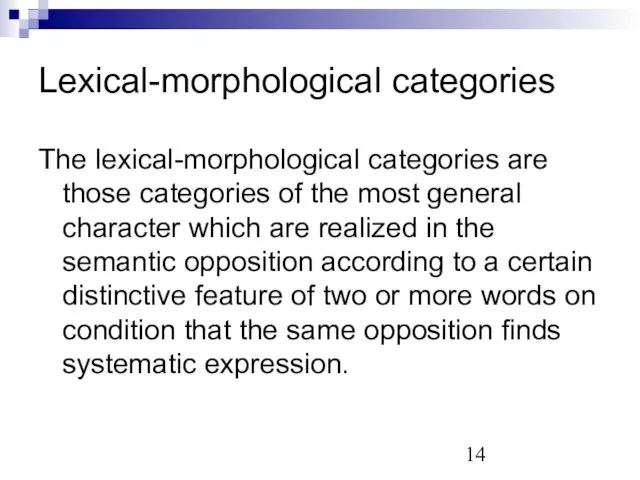
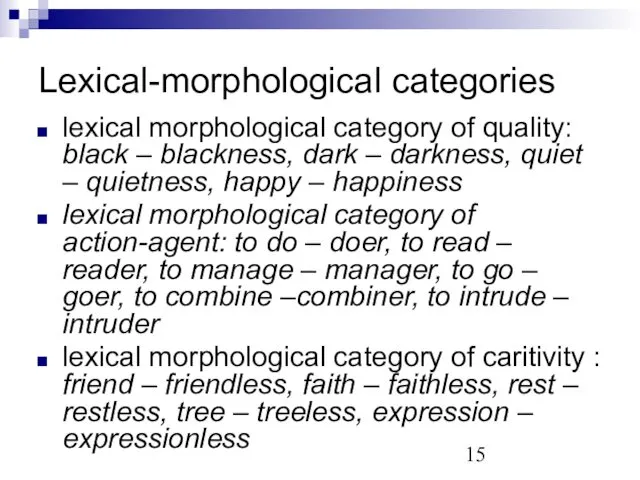
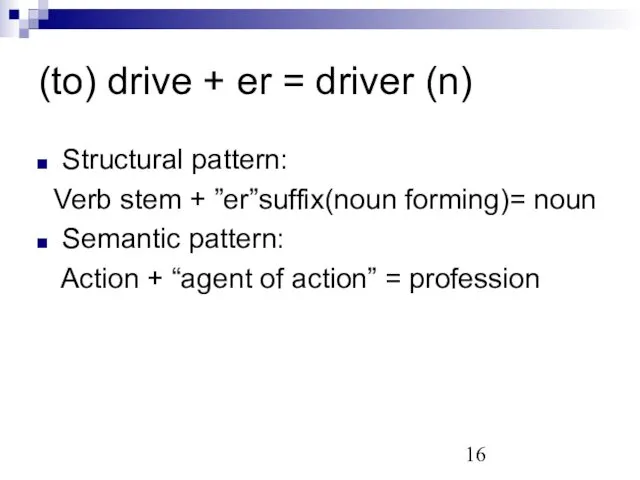
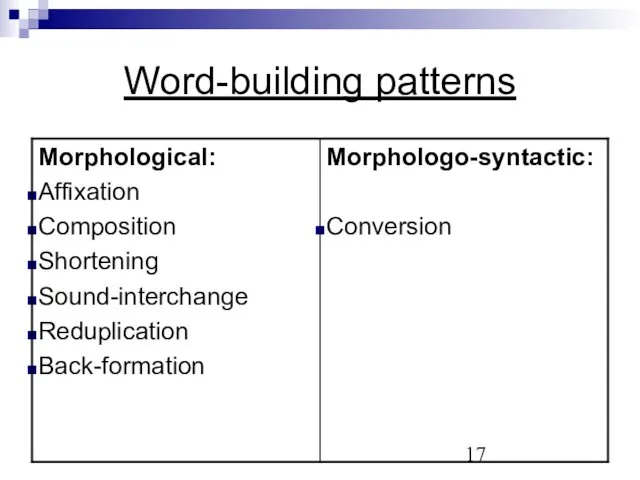
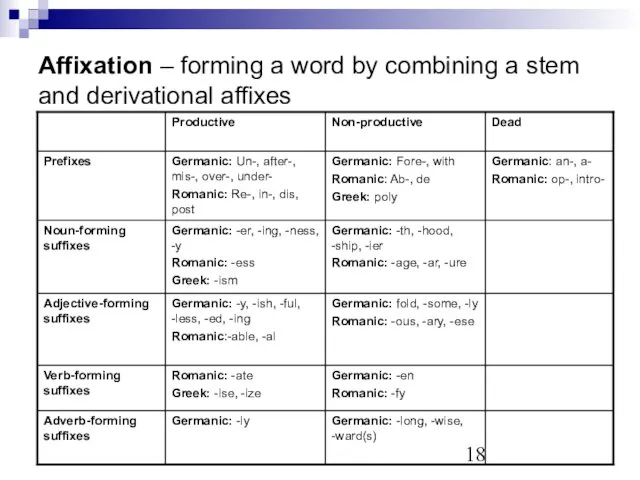
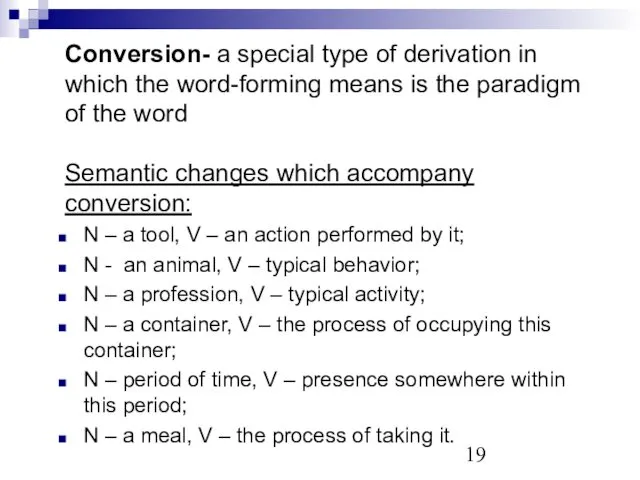
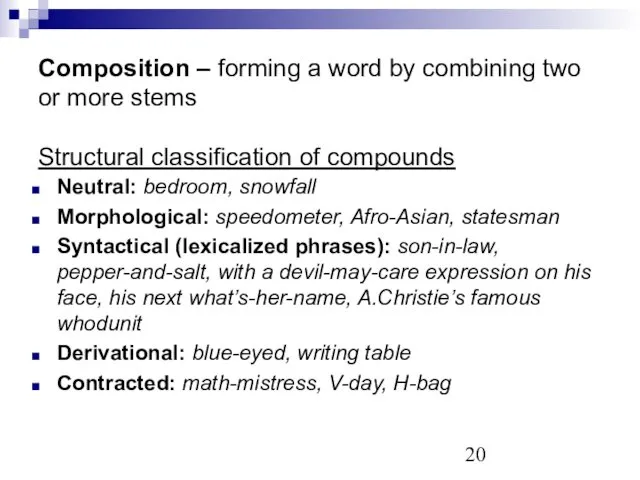
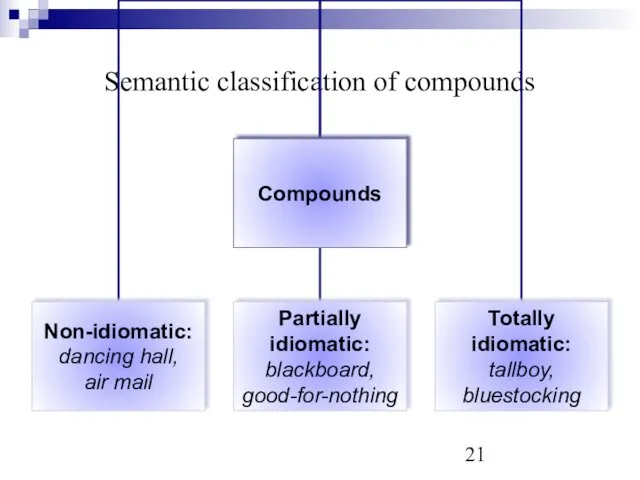
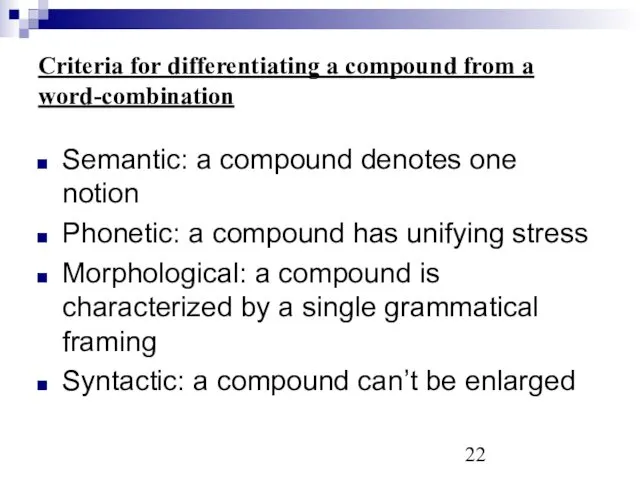
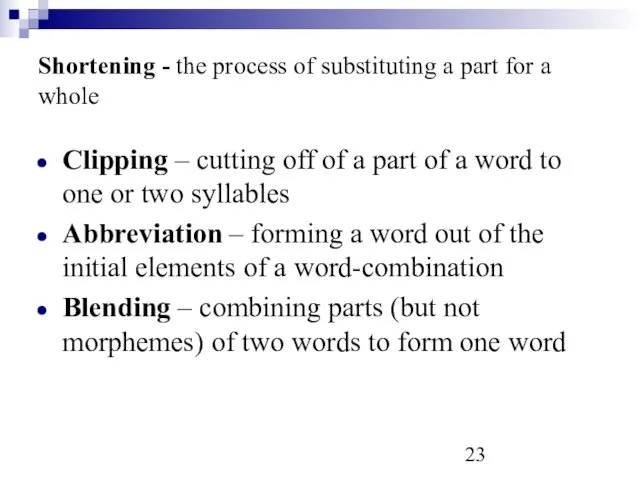
 My favorite shop
My favorite shop How to ask questions in the past simple
How to ask questions in the past simple Infinitive and ingforms
Infinitive and ingforms Writing skills. Useful phrase reference. Formal letter
Writing skills. Useful phrase reference. Formal letter Tell me what you’ve been up to
Tell me what you’ve been up to What is lexicology
What is lexicology Cosmonauts are Discoverers of the Universe
Cosmonauts are Discoverers of the Universe Reported speech Harry Potter
Reported speech Harry Potter Alphabet revision
Alphabet revision Mass Media
Mass Media How to Teach Vocabulary to Young Learners
How to Teach Vocabulary to Young Learners FRIENDS AND FRIENDSHIP
FRIENDS AND FRIENDSHIP Seasons of fun
Seasons of fun Безэквивалентная лексика. Примеры и классификация. Equivalent vocabulary. Examples and classification
Безэквивалентная лексика. Примеры и классификация. Equivalent vocabulary. Examples and classification People. Big happy families
People. Big happy families Amazing animals
Amazing animals Past Simple
Past Simple Causative
Causative The modern world of professions
The modern world of professions Summer holidays (1)
Summer holidays (1) BMW company
BMW company Oral part of the Unified State Exam
Oral part of the Unified State Exam Canada
Canada Present Simple/ Present Continuous
Present Simple/ Present Continuous Halloween
Halloween Music in our life
Music in our life Great Britain
Great Britain This is my house 3
This is my house 3